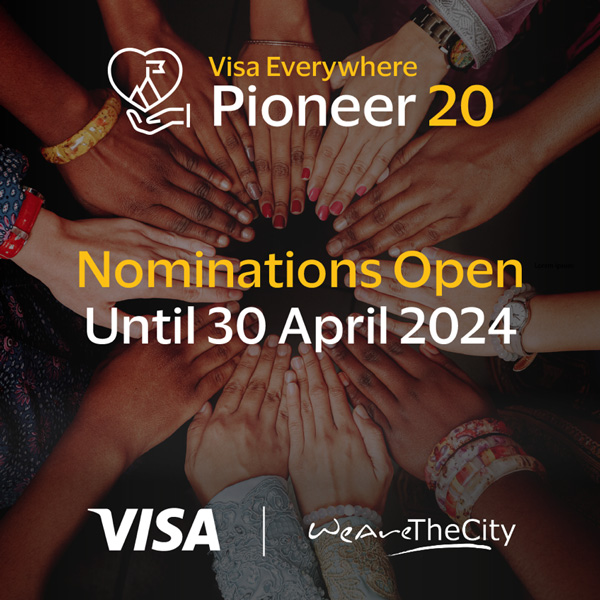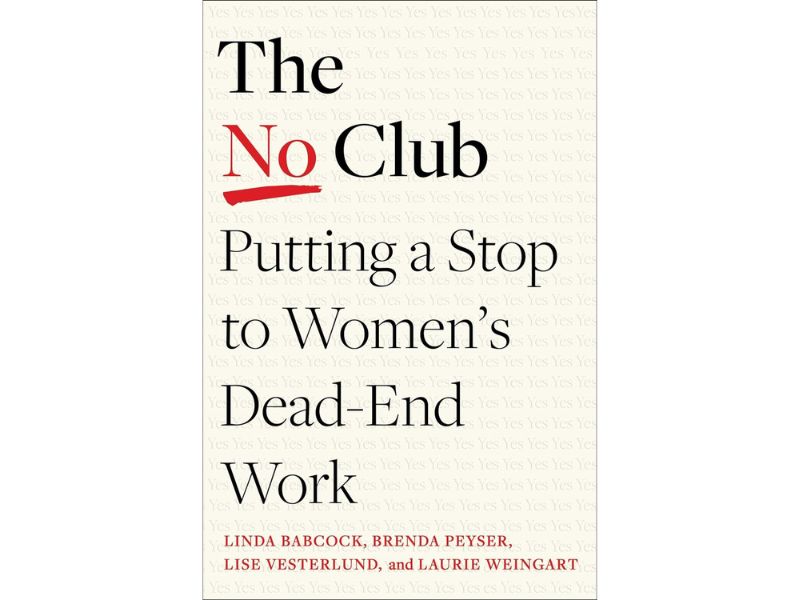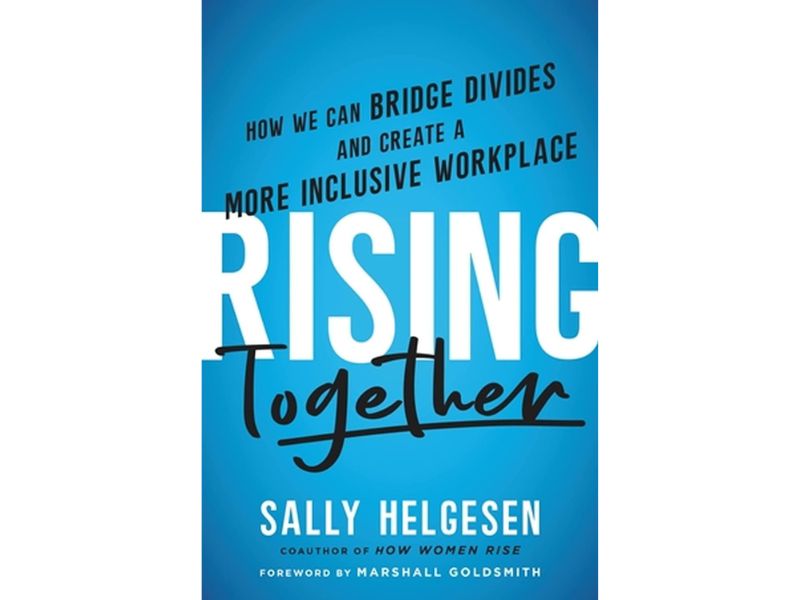
Imagine you’ve just been asked to make a presentation.
Does the prospect fill you with fear? Maybe it’s an exciting opportunity that you’ve been waiting ages for? Or perhaps you just want to get it out of the way so you can return to business as usual!
Whichever camp you fall into and whether you have six months to prepare, or six hours, there are three questions you MUST ask yourself before you start crafting your talk.
These questions will help you to: a.) stay laser focused while you write your speech, b.) keep the outcome for your audience top of mind and, c – maximise your speaking opportunity to the benefit of your career or business.
If you need a quick overview of the public speaking basics, download this guide, “Seven ways you’re turning your audiences off and how to win them back”.
So, let’s get on to the three questions shall we?
Question 1:
If I had to condense the content of my talk down to a single message, what would that be?
This single message will influence absolutely everything you say during your talk. It should guide the three to five sub points you make. It will influence which stories and examples you use. It should even have an impact on the way you describe yourself during your bio and on the client examples you use.
The more you stay on track, the better the audience will understand your content, and the more persuasive you will be. Of course, use stories to punctuate your talk, to expand upon your points and to help the audience immerse themselves in your message, but every story should be relevant. Once you know your message, you can check all your content against it, to ensure that you are staying laser focused.
You can even create a throughline – a repeatable phrase that you use three or more times during your talk – as your main audience take away. This is the equivalent of the chorus of a song. Keep it short, catchy and repeatable. If there’s one thing you want your audience to remember after your speech is done, it’s this. Let’s say you’re in HR and you’re speaking to your department about the need to recruit key talent to your organisation. You could create a throughline such as “It’s time to build for the future” or “Let’s create a winning team”. Or if you’re a health coach trying to encourage people to fit exercise into their daily lives, you might say “A half hour a day keeps the doctor away”. Sounds cheesy, it’s true, but when your throughline rhymes, that’s great – it’s easier for the audience to remember.
So now, on to question 2:
What do I want the audience to feel or do after my speech is over?
Now we’re into the realm of persuasion and sales. The goal of most work-related talks is to persuade or inform.
Maybe you want your team to work harder. Perhaps you’re in sales and the goal is to have your audience switch from a competitor’s product to your own. Maybe you’re sharing the quarterly results.
Whatever it is, write your speech from the perspective of how you’d like them to act or feel after you’re done. Do you want them to buy your product? Then make sure you include a strong call to action and plenty supporting stories and information on why your product makes sense.
If you want to persuade your team to work harder, do you want to leave them with a warm fuzzy feeling that leads them to put in more effort out of goodwill, or do you want to give them a warning that jobs are at stake if team productivity fails to increase? Are you wielding a carrot, or a stick? Or maybe both!
Remember Maya Angelou’s famous quote “People will forget what you said, people will forget what you did, but people will never forget how you made them feel”. Keep this in mind as you rehearse the content of your talk. Think about your language, and delivery style.
Now for question 3:
What’s in it for me? What do I want to get from giving this presentation?
Bearing in mind that most people dislike public speaking, this third question is often overlooked in the swirl of emotions surrounding the speaking opportunity. But take heed.
Humans are frequently motivated by selfishness. In this case, put that basic sense of self to good use. What can YOU get out of giving this talk, whether you were volunteered for it or you elected to step up and speak?
If you’re self-employed and seeking to grow your business, a good start might be to get more warm leads. So make sure you have a mechanism to collect your attendees’ contact information, whether with a sign-up list, business card capture or asking them to text their details to a service such as Leaddigits during the middle of the talk.
If you want to improve at public speaking and your main motivation is to get more practice, then perhaps you’ll endeavour to record the talk and analyse it later.
If you want to use the talk in your business marketing materials or personal promo, then you can ask the organiser for a testimonial and ensure you get professional quality video footage from the event.
By asking yourself what’s in it for YOU, it can also spark you to try that little bit harder, or pull out all the stops because you see the direct benefits to your career or business.
So, there you have it. Three vitally important questions that will influence the success of your talk.
Now, please don’t think these are the only questions you need to ask. I’m assuming you’ll have a good idea of the audience profile, the numbers present, whether you’ll have access to visual aids such as slideware and flip charts and so on.
But, before you dive headfirst into the detail of creating your next presentation, take a moment to reflect on these questions. You should find that the speech writing and delivery process will go much more smoothly as a result!
 About the author
About the author
Shola Kaye is author of the bestselling How to be a DIVA at Public Speaking: The step by step system to engage your audience and present with confidence and founder of the company Speak Up Like A DIVA, providing 121 coaching and public speaking training to women in business and fempreneurs.
A former management consultant, now also working as an international singer, she helps her clients to create speeches that ‘pop’ and to tell engaging stories that build the know, like and trust factor. Download the free guide seven ways you’re turning your audiences off and how to win them back.








